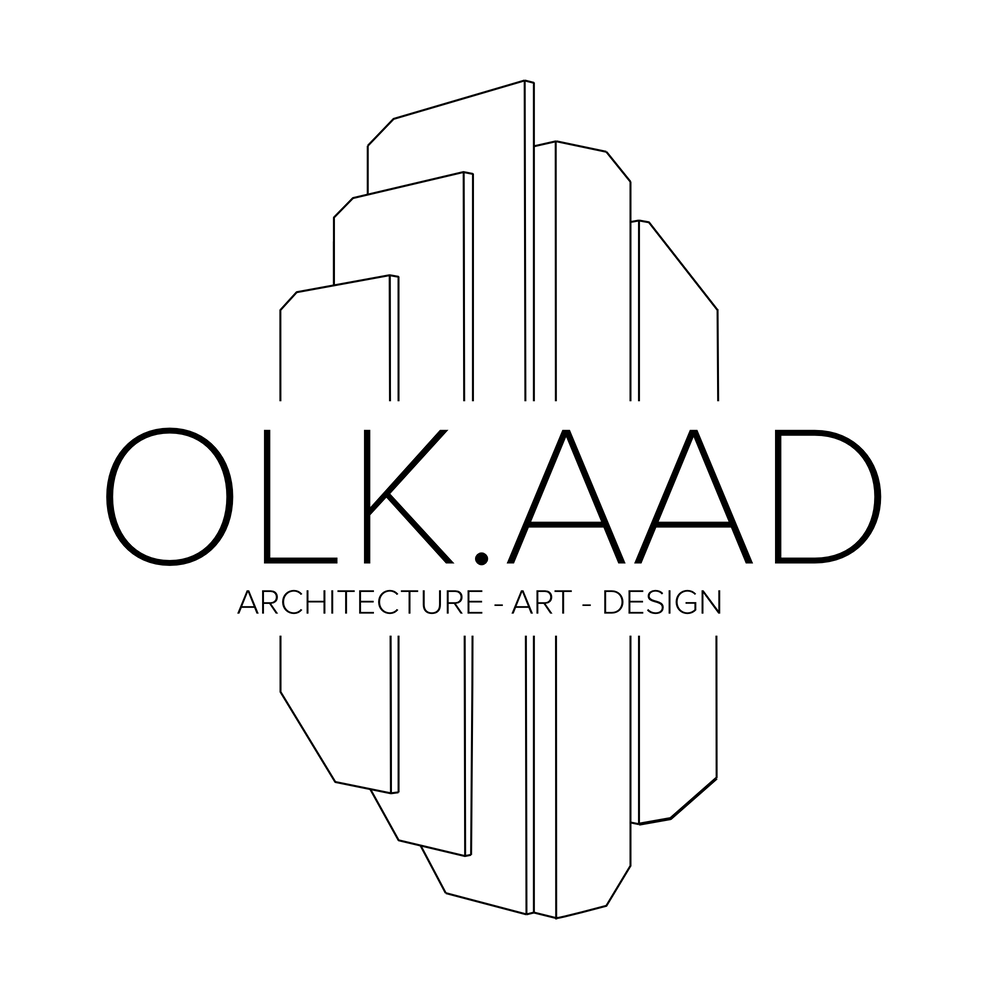Hello everyone and welcome to this post where I'll be going over a few things I picked up in the first two studios of Architectural Design that I did last year. I still have quite a journey ahead of me, but I have decided to be fairly proactive when it comes to this particular degree (me being 32 years old at this point and this being my 3rd degree...). I will be doing this by preparing these informal blog posts where I will be attempting to explain the thought processes that went behind the various explorations carried out during terms past.
I'm going to attempt to provide a structured outline of what was covered, taking some liberties where required so as to best illustrate the progression of thought.
UNIT 1 - Modularisation
The beginning revolved primarily on getting to understand the concept of building blocks, or units and how these can be used to create larger structures. We took a single unit, which was to be generated through folding paper, and creating a structural system in the form of a model.
I experimented with digital model making prior to moving to a physical model and below I've attached a gallery featuring renders done in Cinema4d primarily using a single 6 sided connector system. Using C4D's mograph capabilities I started piecing together larger and larger structures, until I ended up with some pretty ridiculous constructions.
That said, it was a fun little experiment -


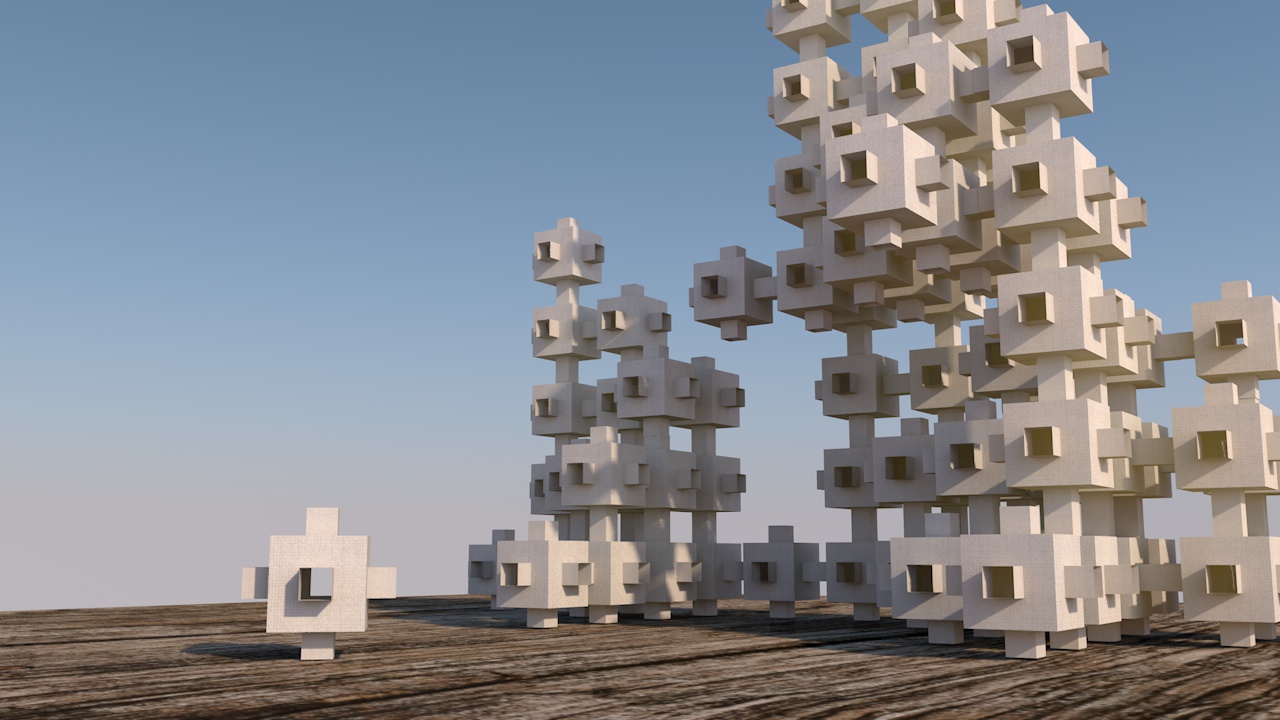


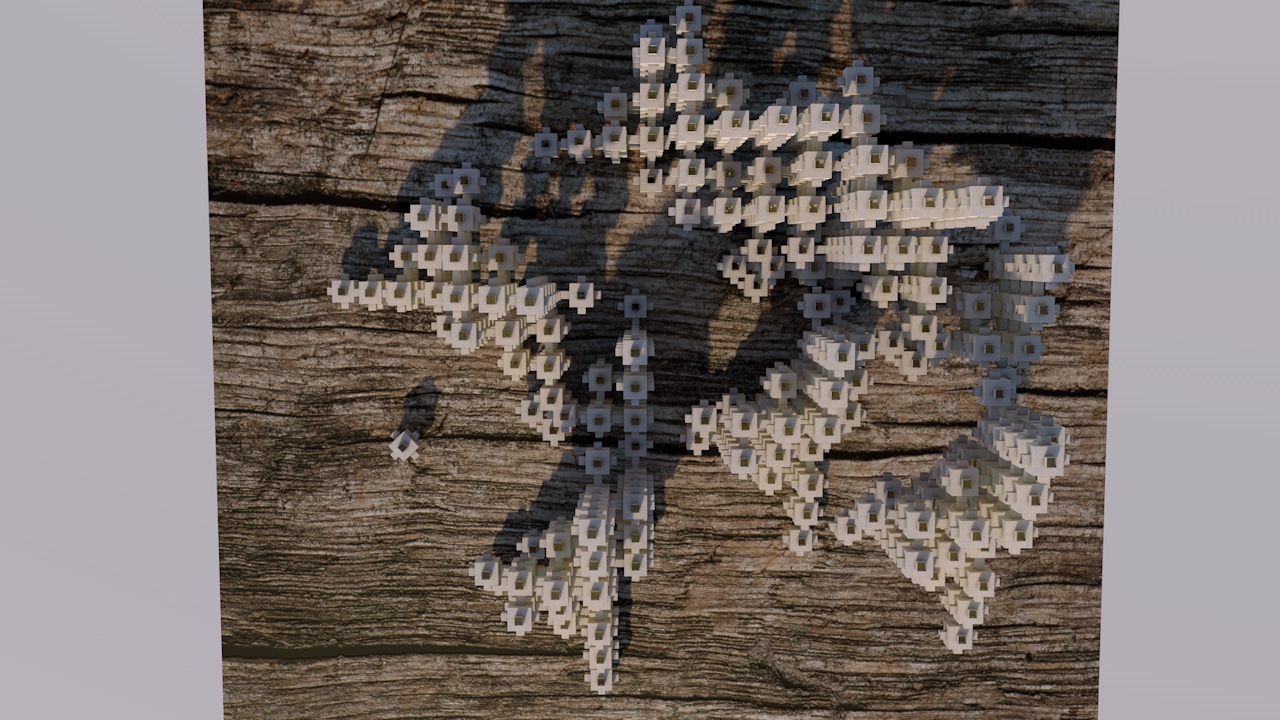

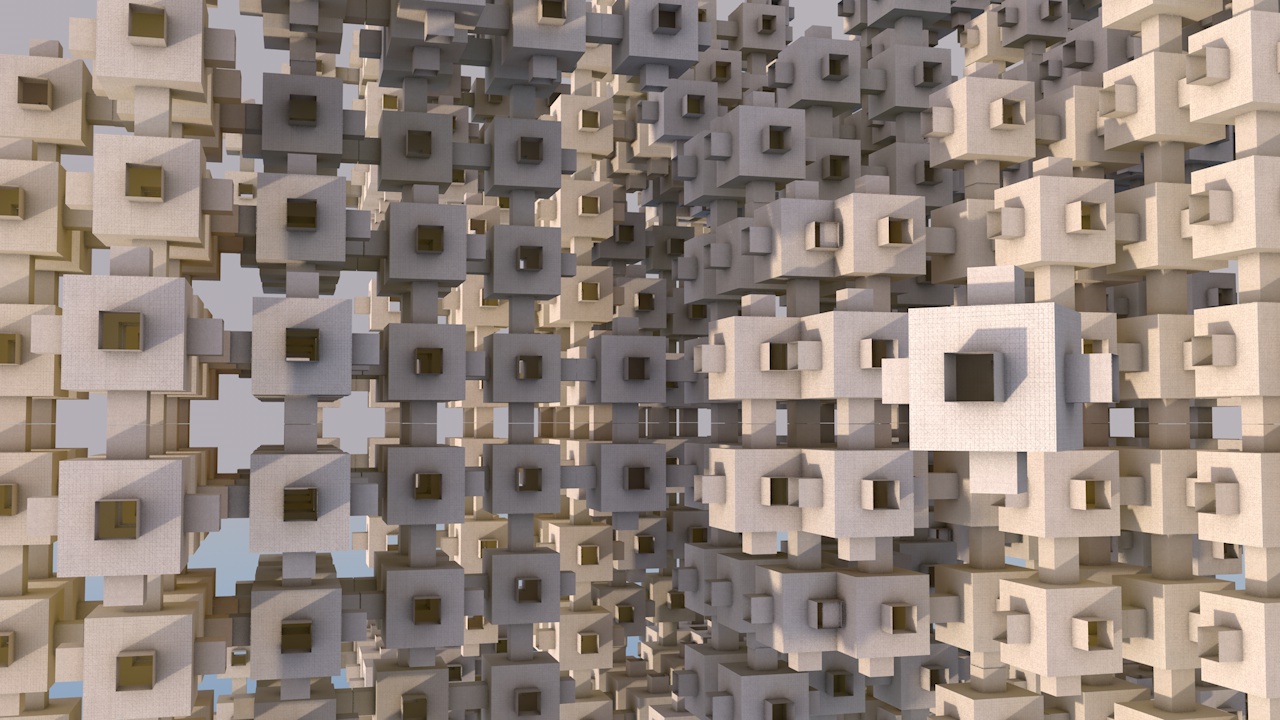



The above represents a series of blockier structures which ended up resembling top down maps or floating cubic cityscapes. The next development introduced the idea of spline based extrusions and more flowing general morphologies :


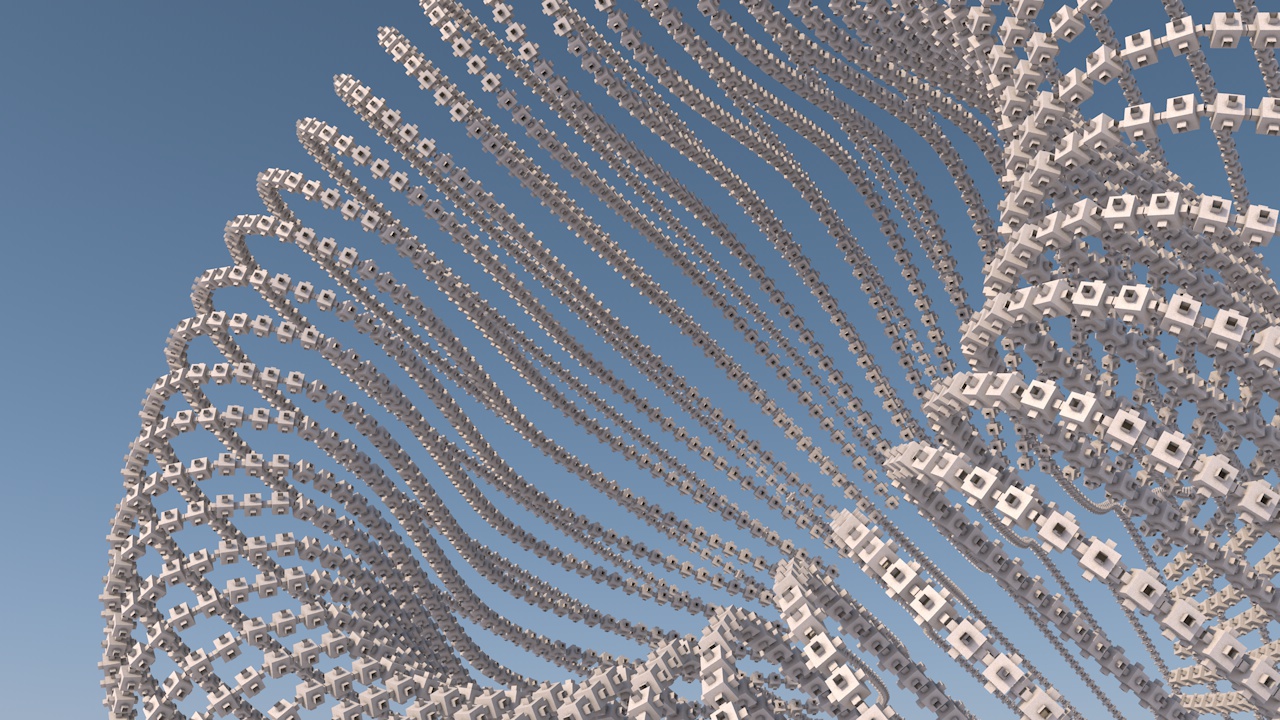
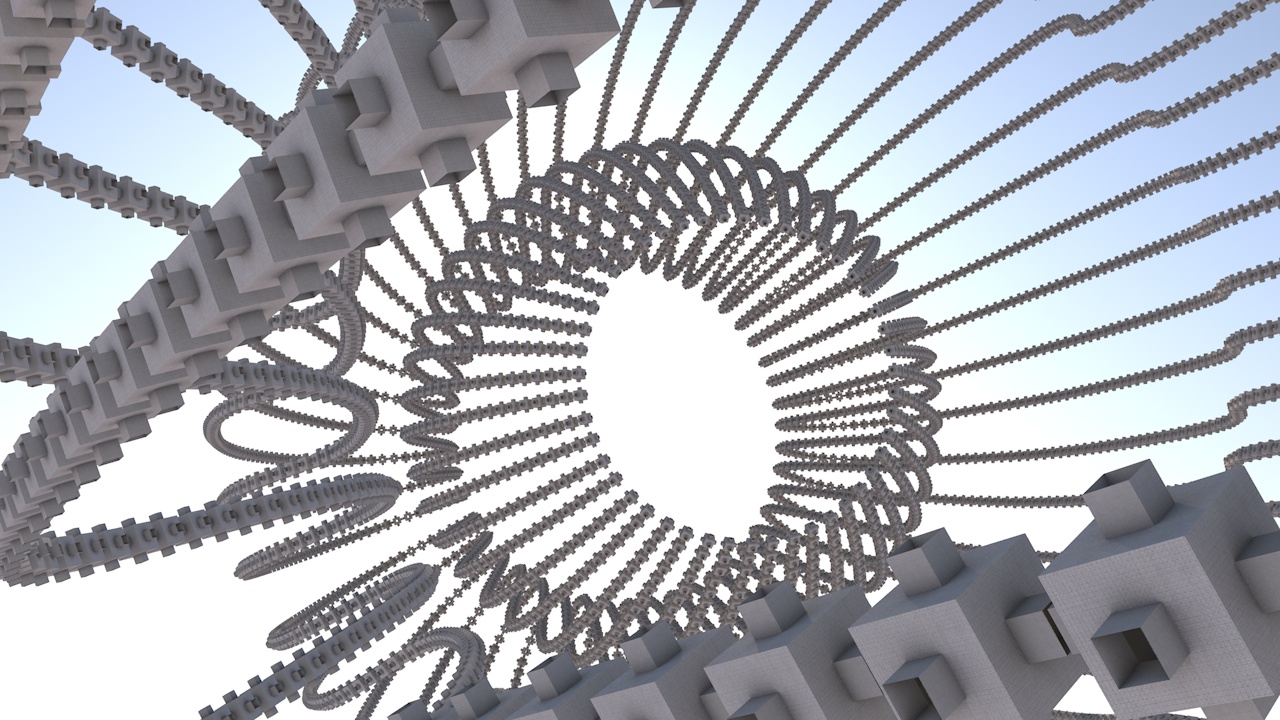
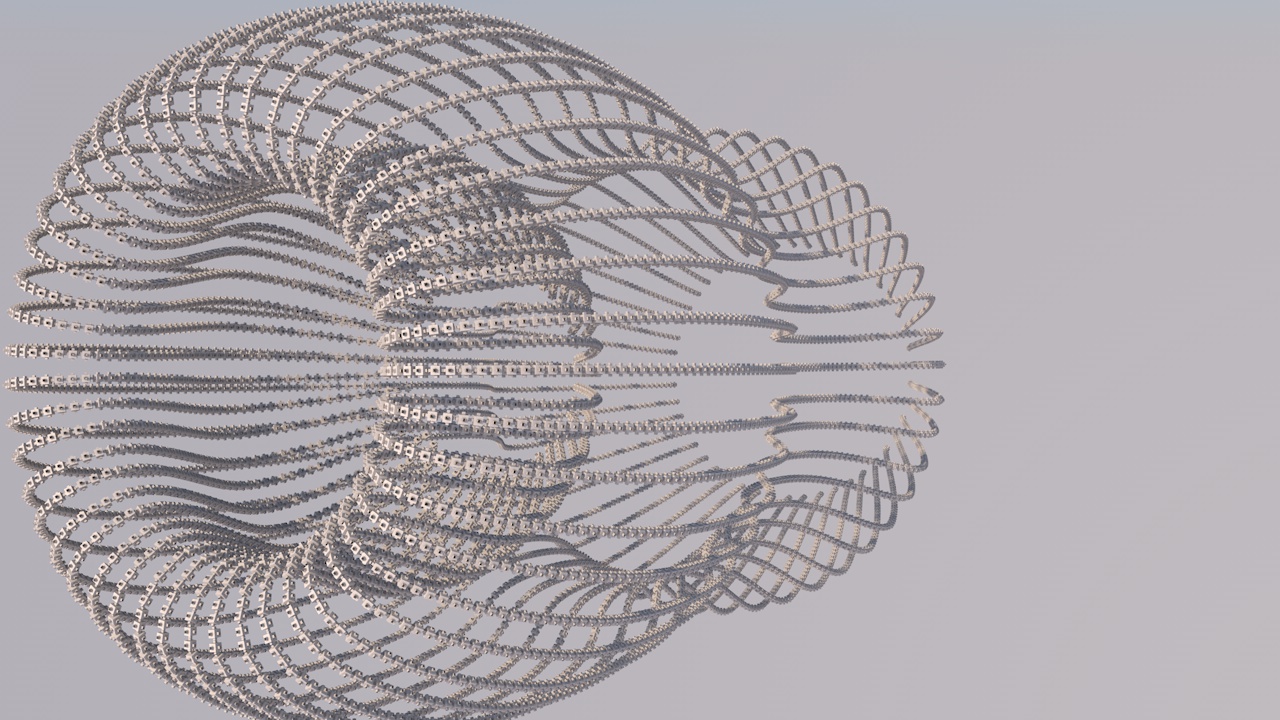
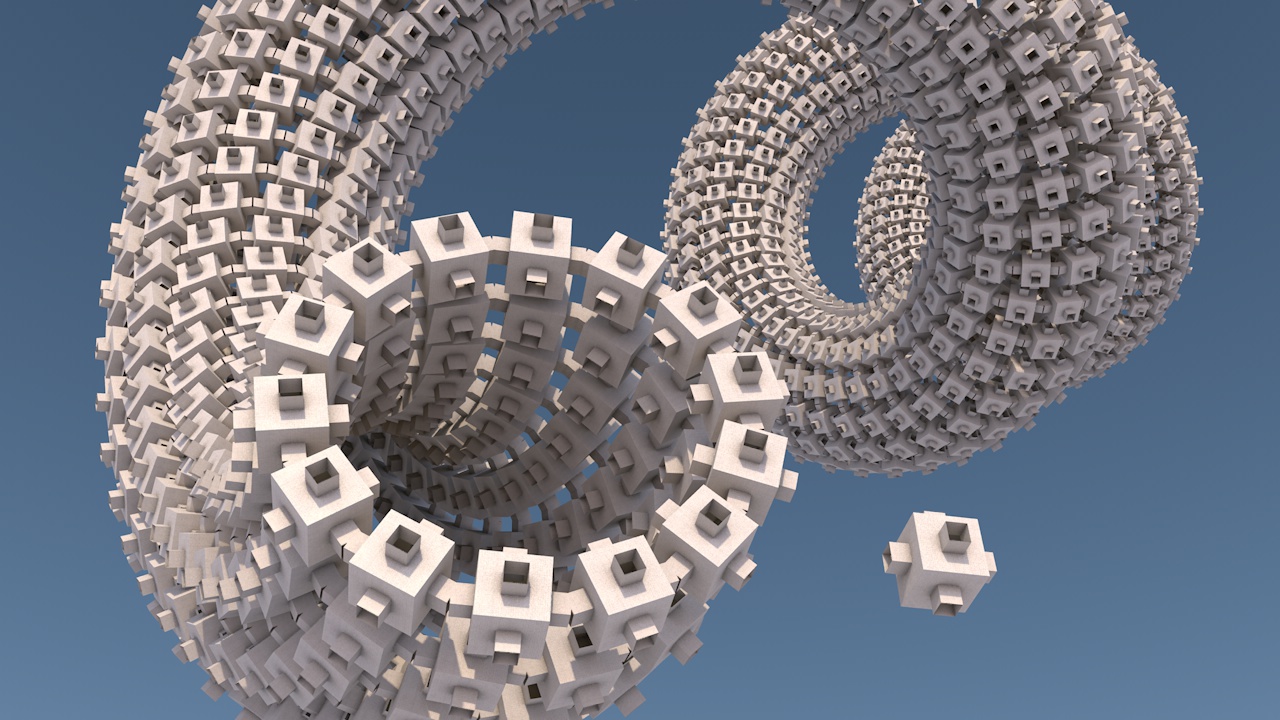


I basically ended up making all sorts of bizarre shapes all of which at their core were based on the same module being replicated in different directions. Though these proved to be fairly naive and conceptually simplistic, they served the purpose of exploring how a single, simple unit can be replicated and assembled in such a way so as to create megastructures.
Following this, we teamed up in teams of 3-4 and picked a particular module from a smaller selection which was then put together in a proper model. Considering that this was done a year ago, that physical model no longer exists, so I've attached a gallery of some visualizations I had done exploring potential configurations for that particular structure
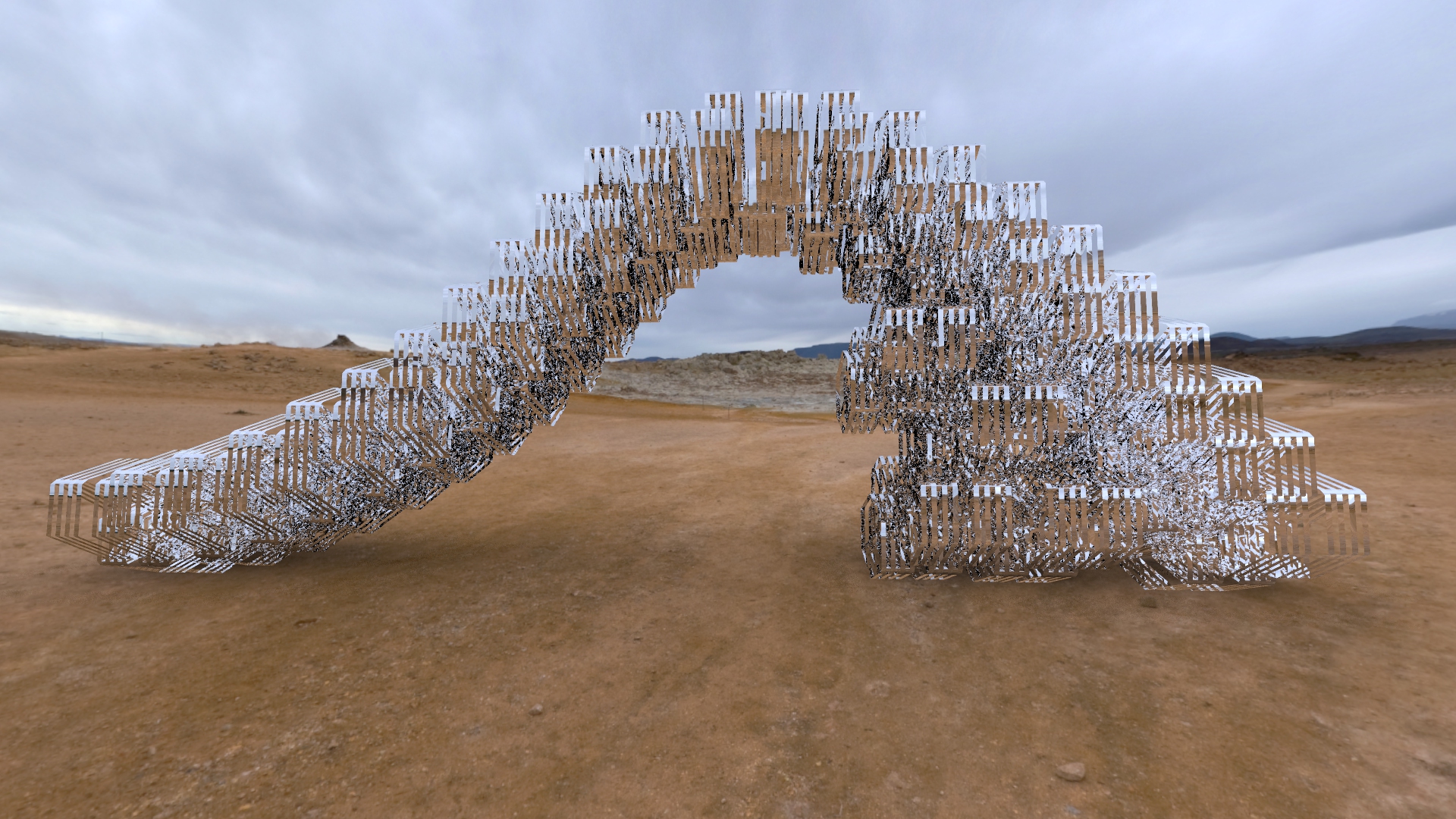
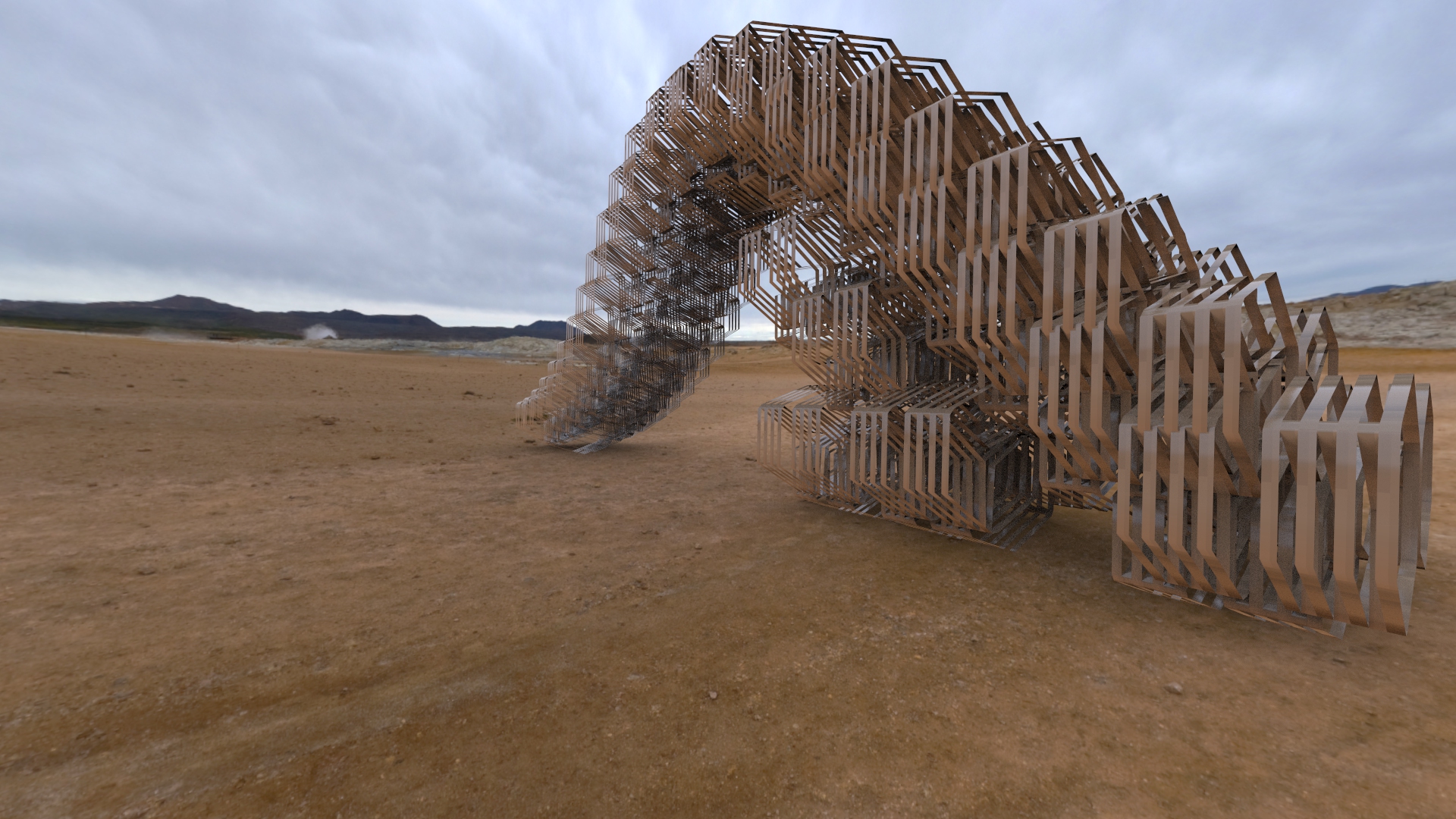

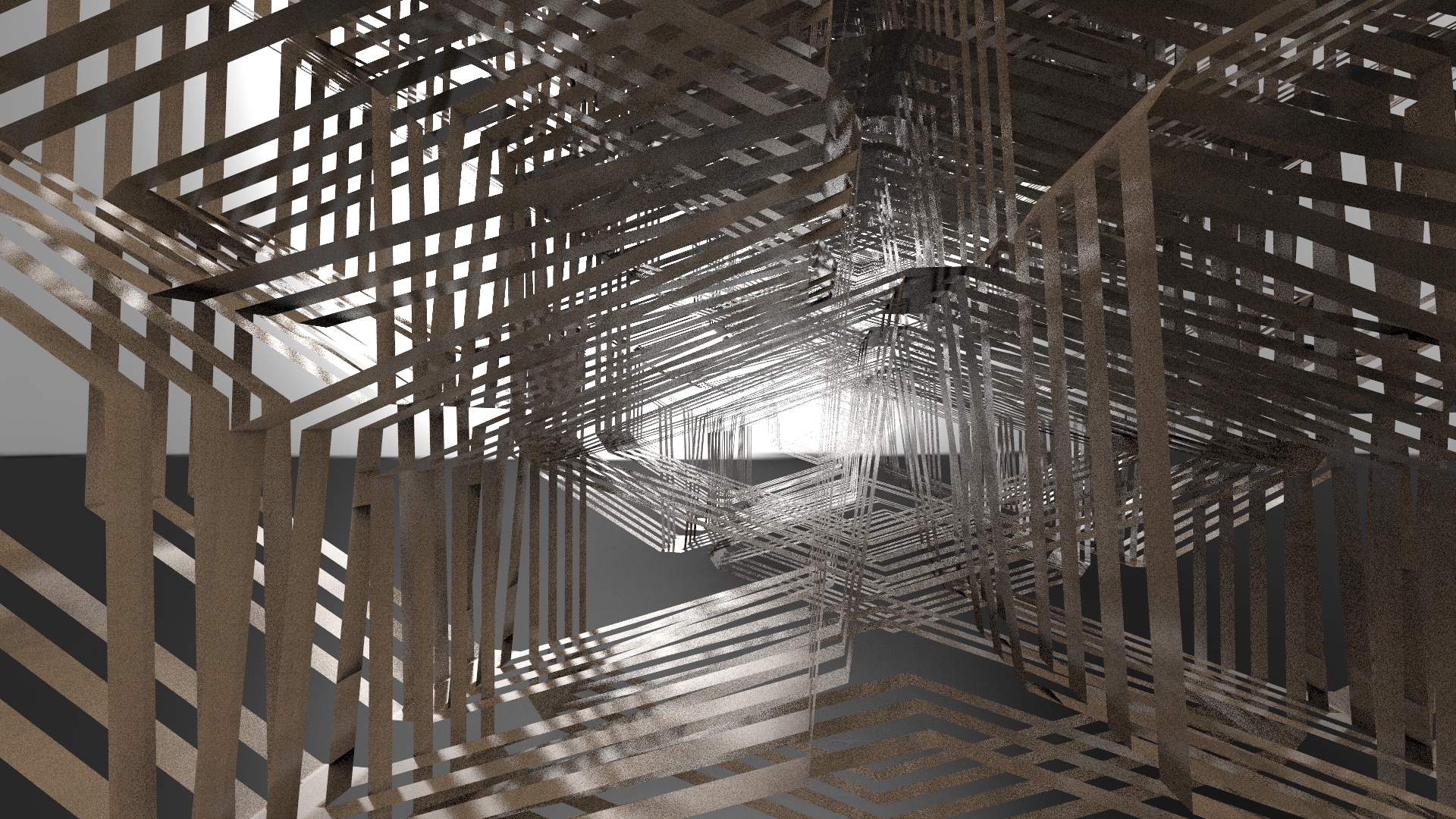


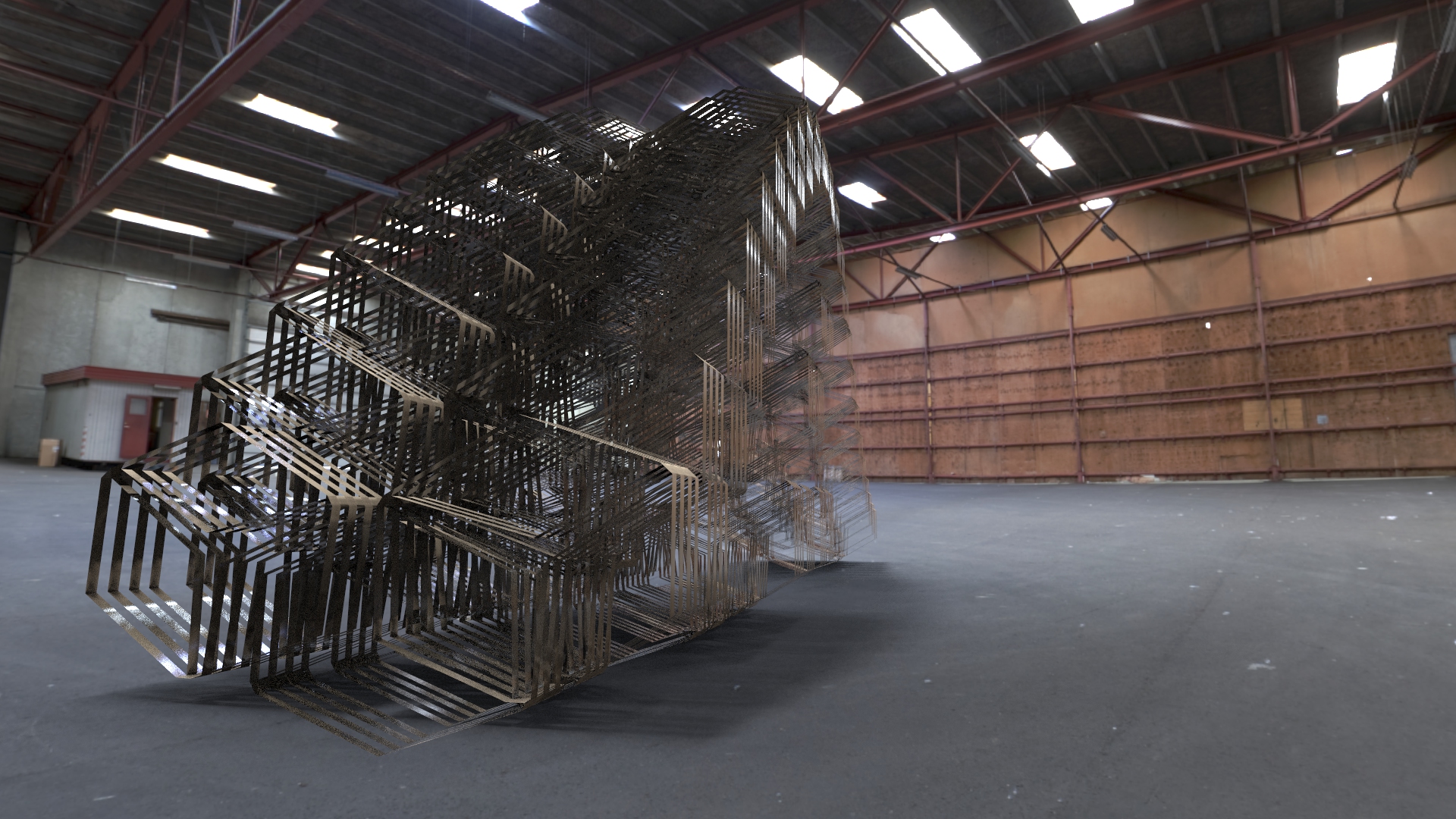
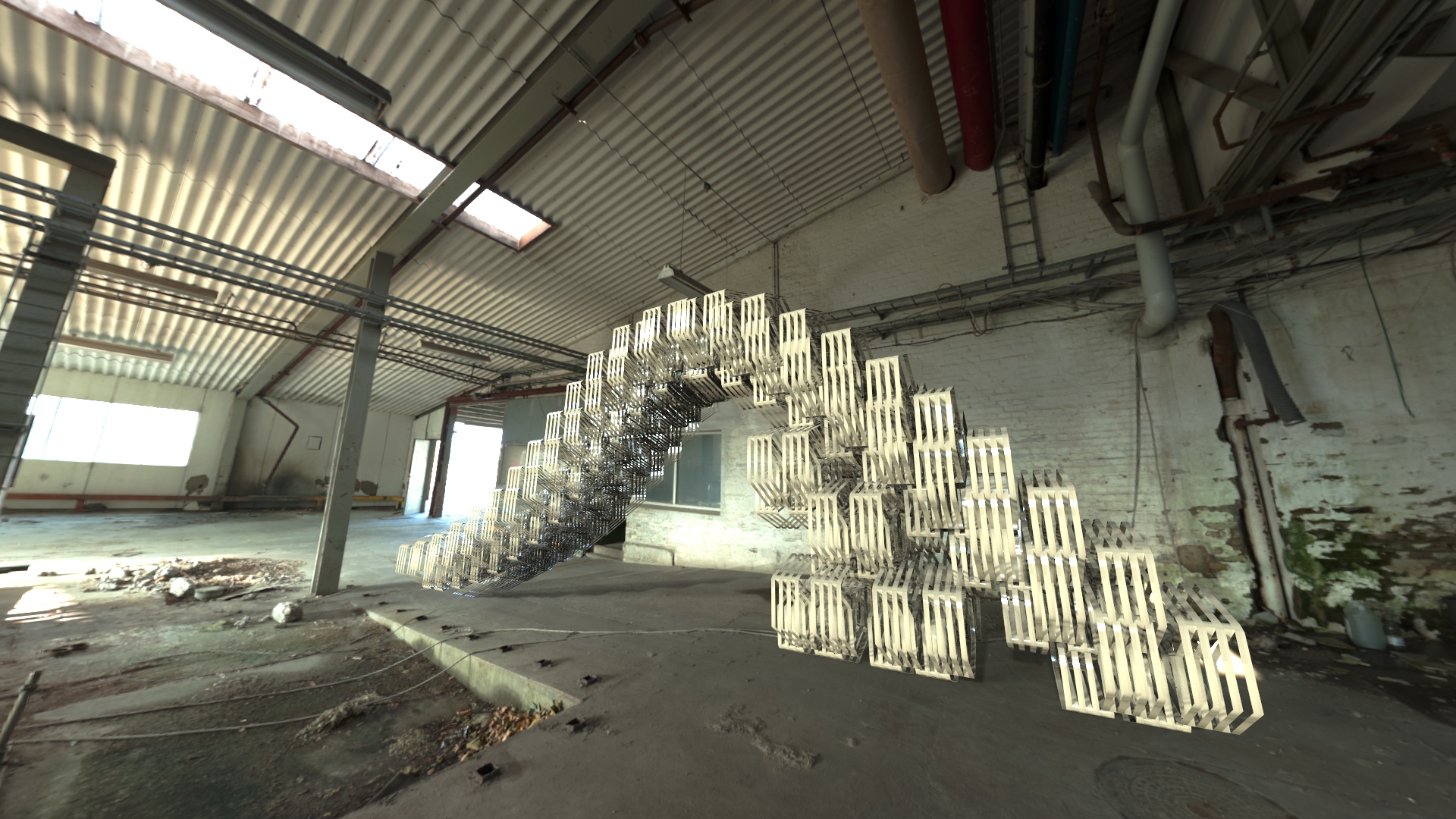
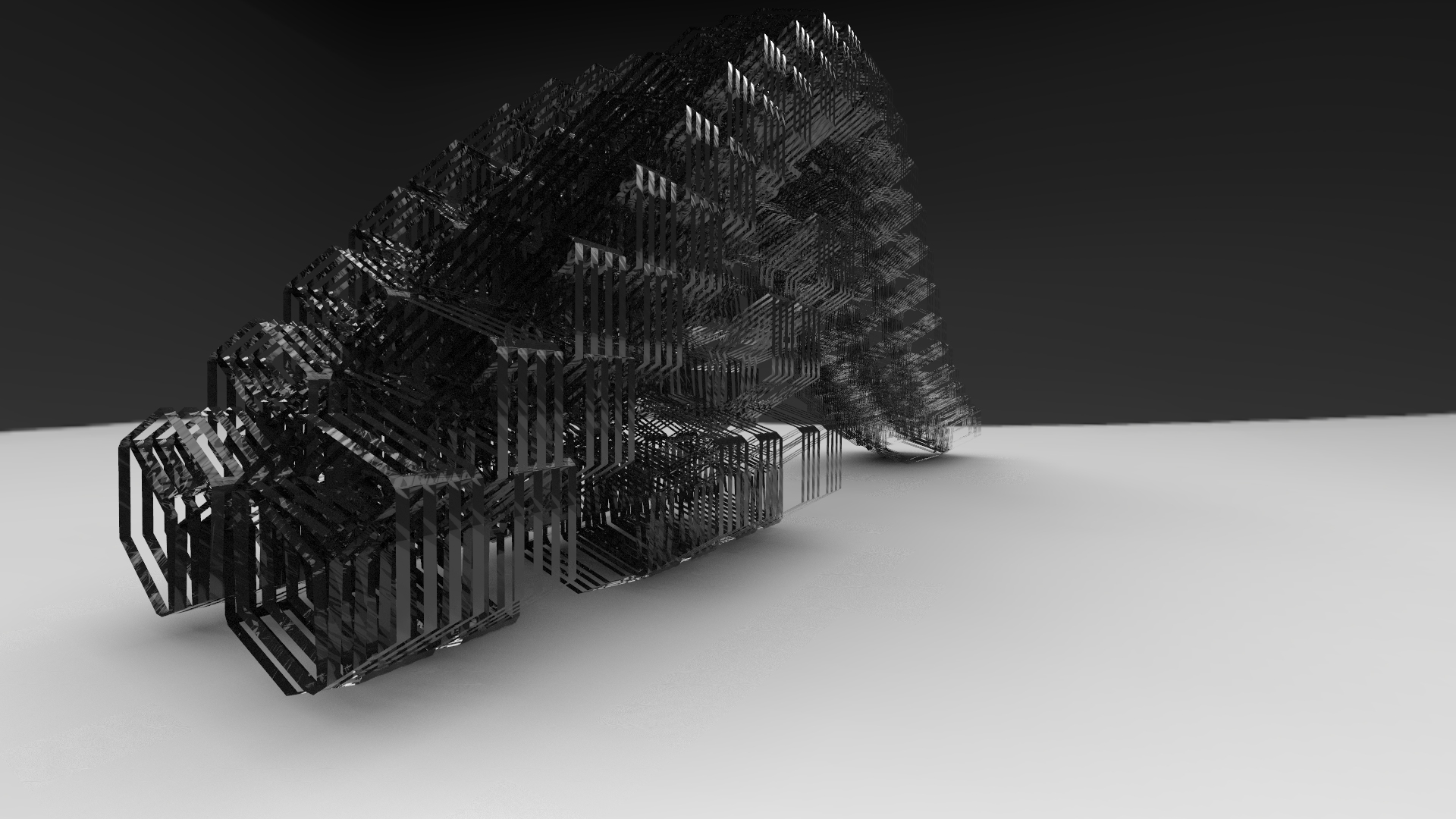
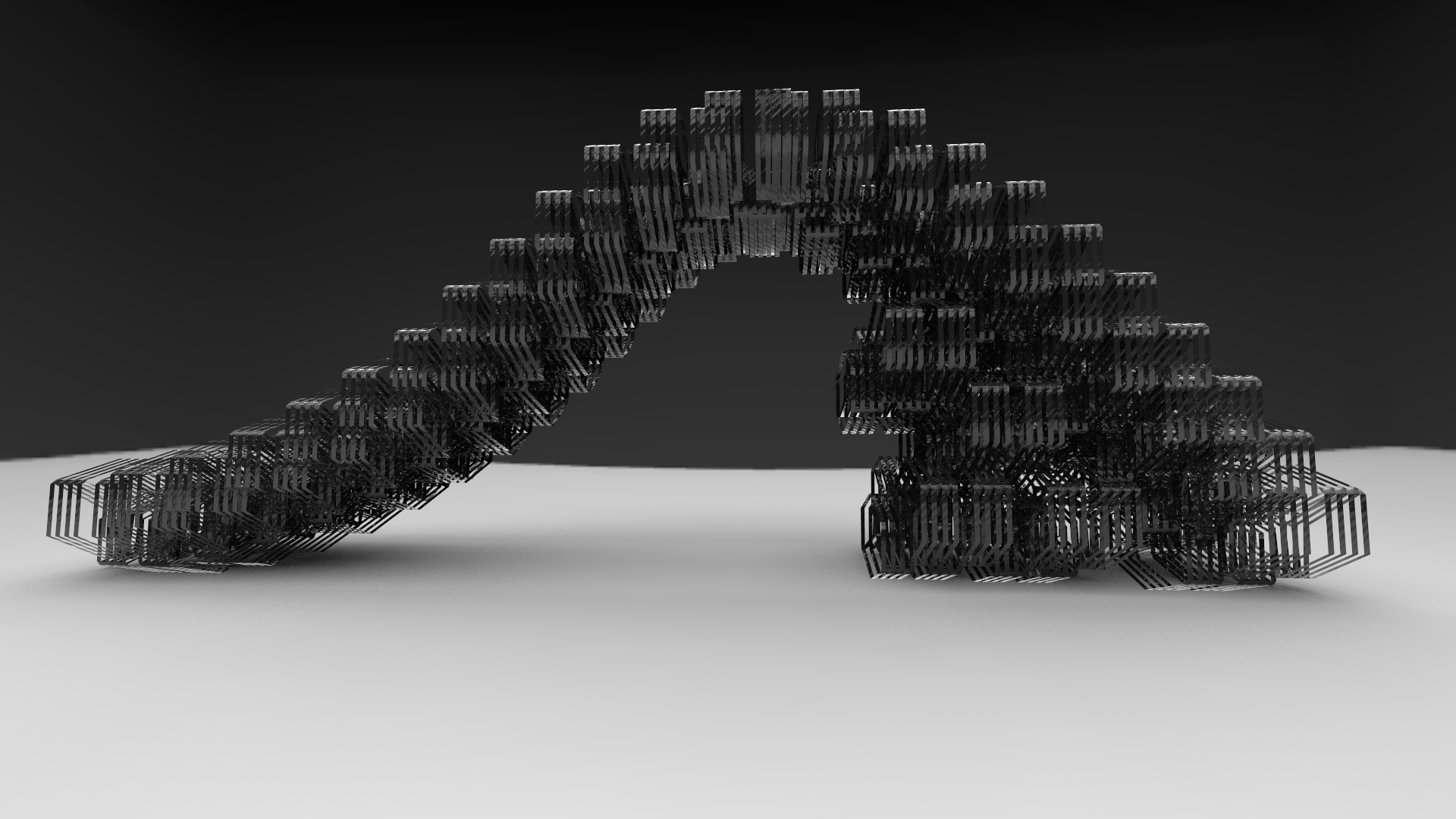
The base model, a stripped hexagon with alternating indentations which served as attachment points, was modeled in C4D and attached together to create the above forms. These were then exported into Keyshot for some quick Raytraced renders.
Through the creation of the above model, the first unit let's say, was pretty much considered to be complete. Modularisation, as a concept and methodology, is crucial to comprehend as the majority of man-made things is based on this method of designing separate pieces, and replicating them in all spatial dimensions to create larger structures. This is evident throughout history - whether those modules were planks of wood and chunks of rock, or steel beams and rectangular bricks. Modularisation facilitates the easy construction of larger projects.
I've briefly touched on this when it comes to kit bashing when it comes to quick concept generation. In that particular case, the core concept remains the same - you'll create a handful of assets and then duplicate them around or bash them together to pretty much create anything, including organic forms such as mountain ranges or rock formations.
One could go as far to stipulate that it's the very essence of existence - small particles arranged in an infinite number of variations creating an infinite number of possible morphological outcomes. Some are geometrically precise and following form (the hexagonal cells of a beehive for example) while others appear more chaotic and 'organic' - in other words a structural adaptation to the exposure of dynamic variables.
A tree, for example, grows in an effort to sustain itself - adapting to changing climactic conditions and/or other environmental factors. Though the overall morphology of the tree appears organic and irregular, its internal structure - consisting of bands of hollow cellulose/hemicellulose strands held together by lignin is tidily arranged into separate modules, almost infinitely replicated in whatever direction is necessary to ensure that the form follows the function required for the survival of the mechanism.
As illustrated from the diagram above, the structural form follows this modularisation all the way down to the molecular level.
So modularisation is a pretty important thing to understand. Perhaps more importantly the ability to properly utilize the concept is something that will definitely take some time to refine.
In the next post, I'll outline the methods we had covered in terms of extracting relevant structural information from a movement, which would then be applied to the creation of a tangible structure at a designated site.
